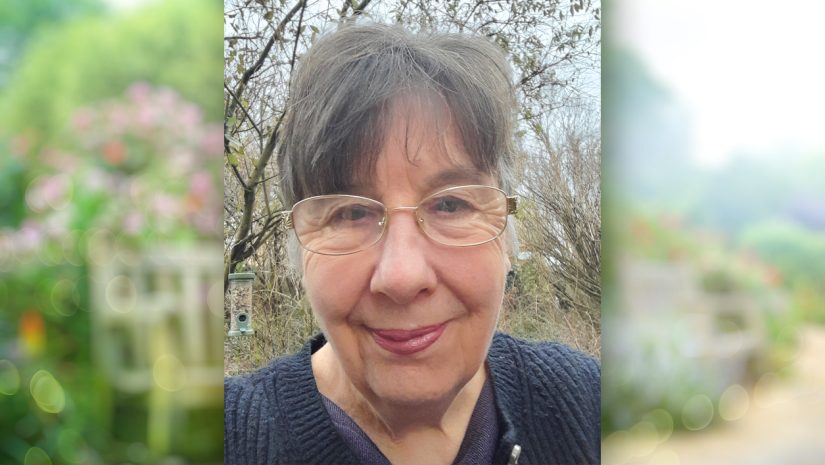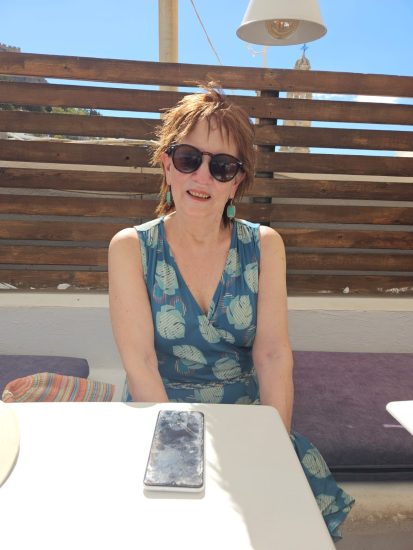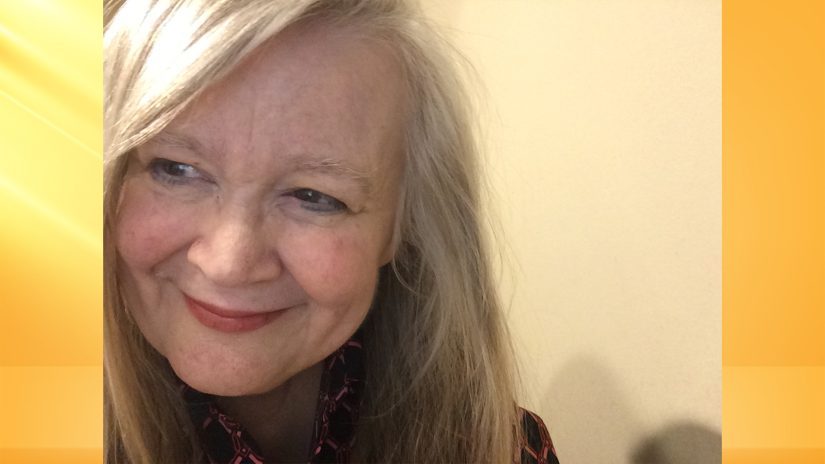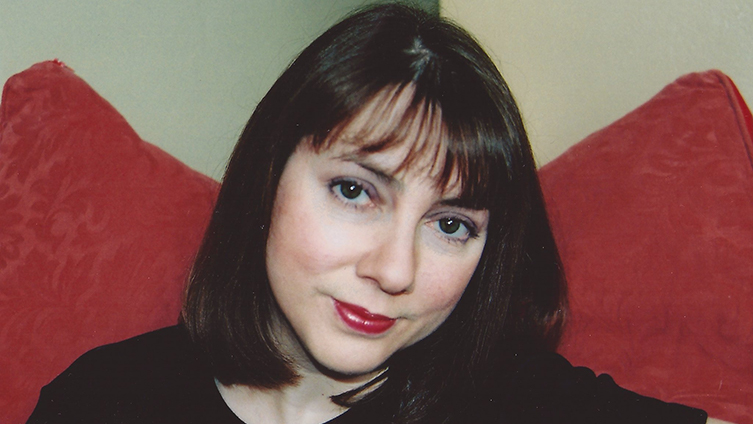 Shutterstock / NicoElNino©
Shutterstock / NicoElNino©Visual writing is using your imagination, letting characters and events unfold in your mind’s eye, and writing down the results.
Your characters are the beating hearts of your stories.
You want the reader to care for them and the situations you place them in.
Appearances
A character’s appearance can be a good place to start when looking to get the reader invested.
Take hair for example. It’s not enough to think that your heroine or hero has brown hair, but how that hair sits on your character’s head.
Is it a certain shade of brown, or what does it look like when sunlight hits it? Does it perpetually look like “bed hair”, or is your character in desperate need of a haircut?
If you excuse the pun, going deeper into the roots can make your characters appear more lifelike. A reader often remembers subtle nuances of appearance more than an overall look.
Also, a confident, outgoing character is going to say and do things differently to one who is more of a shrinking violet.
As a writer, you want to capture your character’s quirks.
Share the moment
Have you ever heard yourself say, “I wish so-and-so were here to see this?”
It could be beautiful scenery, a painting or sporting moment. At that moment in time, you want them to see what you see, and feel what you feel.
That’s what you should aim to do when writing, by sharing your vision with the reader.
To help bring story locations to life, try placing yourself in a scene, taking time to look around at what your characters are seeing and experiencing.
Little things will jump out at you then. The ticking clock on the mantelpiece. Fidgeting hands. Laboured breathing.
Some writers rush through their stories at such a rate of knots that it’s often at the expense of visual writing.
Take time to explore your scenes. See them play out through your imagination.
As writers, you are doing much more than writing words down on a page. You are sharing your creative vision with others.
For more writing advice from “The People’s Friend”, click here.




